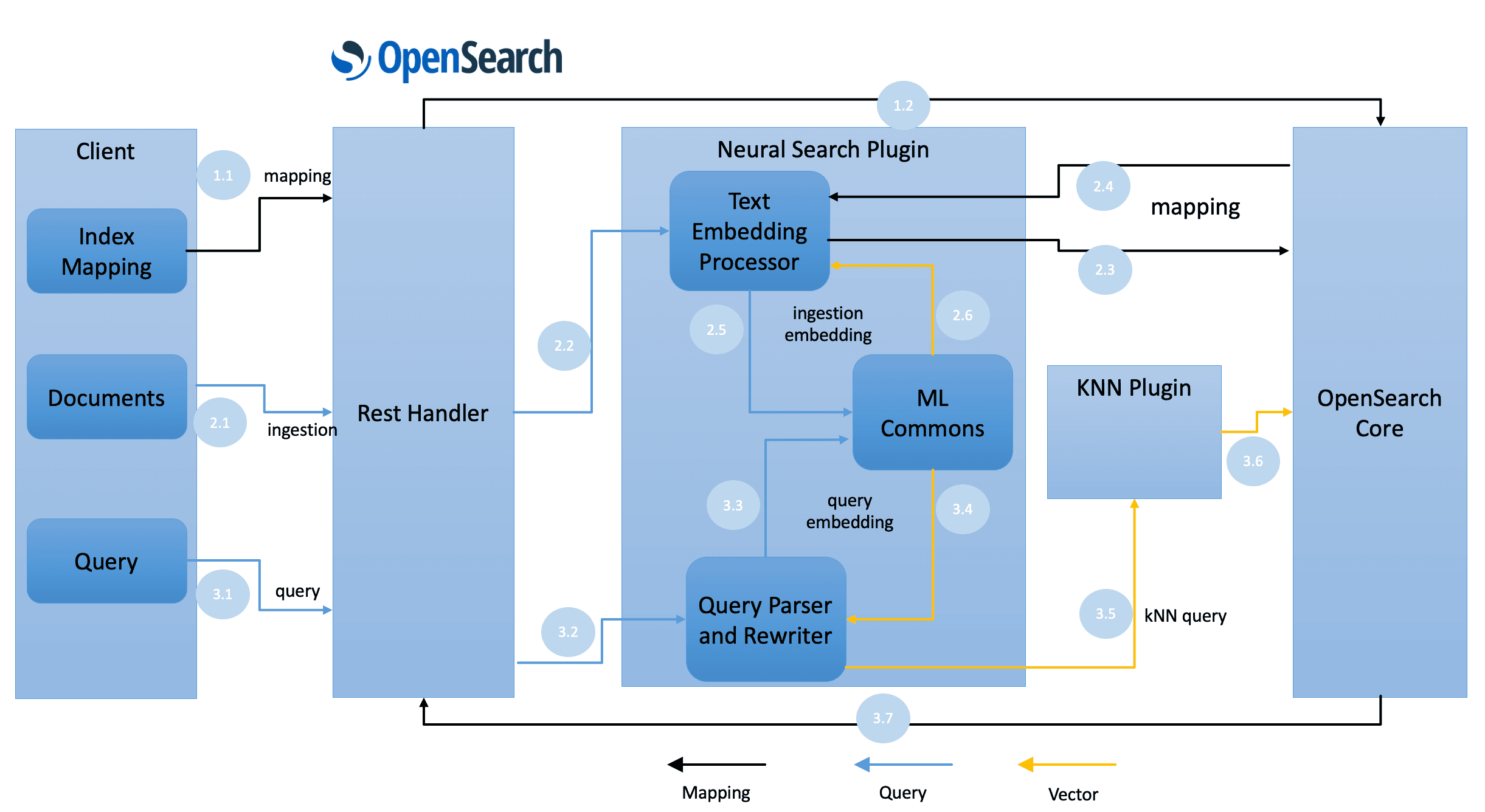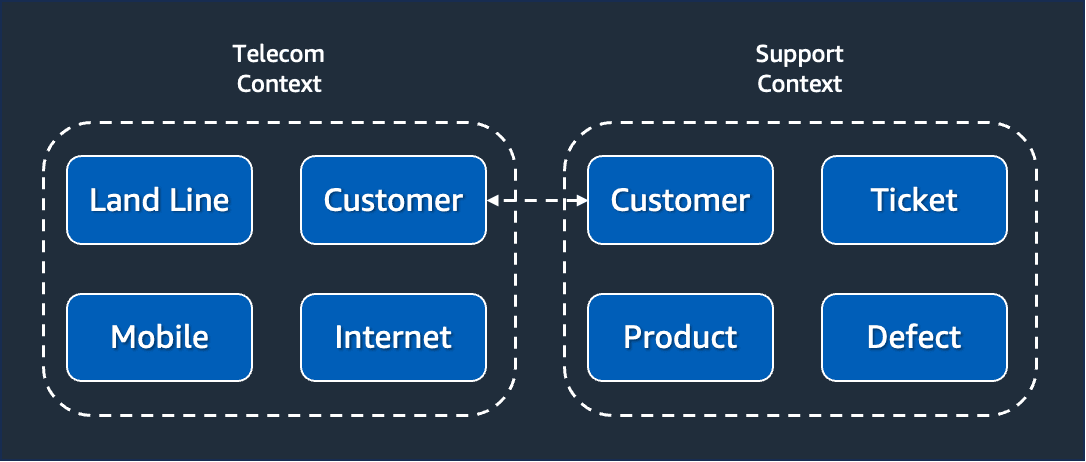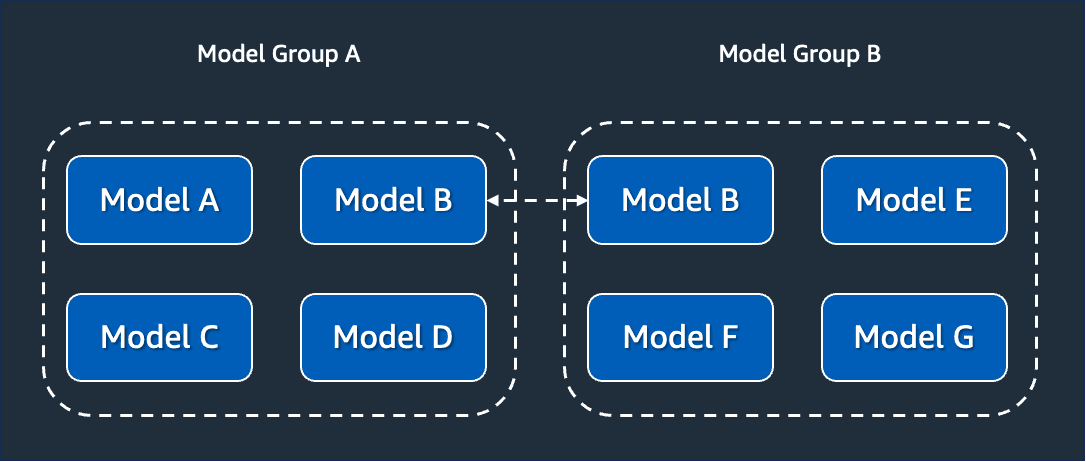
Introduction to OpenSearch Models
With the OpenSearch models feature, developers can improve the search relevancy of their data via pre-trained, custom, and external models. Learn here everything about this exciting new feature of OpenSearch.
cleMb4kBJ1eYAeTMFFg4 represents the model deployed on OpenSearch. This is how a developer can invoke this model with a search:1
2
3
4
5
6
7
8
9
10
11
12
13
14
15
16
17
GET /my-nlp-index/_search
{
"_source": {
"excludes": [
"passage_embedding"
]
},
"query": {
"neural": {
"passage_embedding": {
"query_text": "say my name",
"**model_id**": "cleMb4kBJ1eYAeTMFFg4",
"k": 5
}
}
}
}


.plugins-ml-connector. This way, even if a model is deleted, it won't affect the other models using the connector, as the lifecycle of the connector is not dependent on the model. Consequentially, when an internal connector is created, they are stored in the same index that also stores the models, an index called .plugins-ml-model.1
2
3
4
5
6
7
8
9
10
11
12
13
14
15
16
17
18
19
20
21
22
23
24
25
26
27
POST /_plugins/_ml/connectors/_create
{
"name": "<YOUR CONNECTOR NAME>",
"description": "<YOUR CONNECTOR DESCRIPTION>",
"version": "<YOUR CONNECTOR VERSION>",
"protocol": "aws_sigv4",
"credential": {
"access_key": "<YOUR AWS ACCESS KEY>",
"secret_key": "<YOUR AWS SECRET KEY>",
"session_token": "<YOUR AWS SECURITY TOKEN>"
},
"parameters": {
"region": "<YOUR AWS REGION>",
"service_name": "sagemaker"
},
"actions": [
{
"action_type": "predict",
"method": "POST",
"headers": {
"content-type": "application/json"
},
"url": "<YOUR SAGEMAKER MODEL ENDPOINT URL>",
"request_body": "<YOUR REQUEST BODY. Example: ${parameters.inputs}>"
}
]
}


